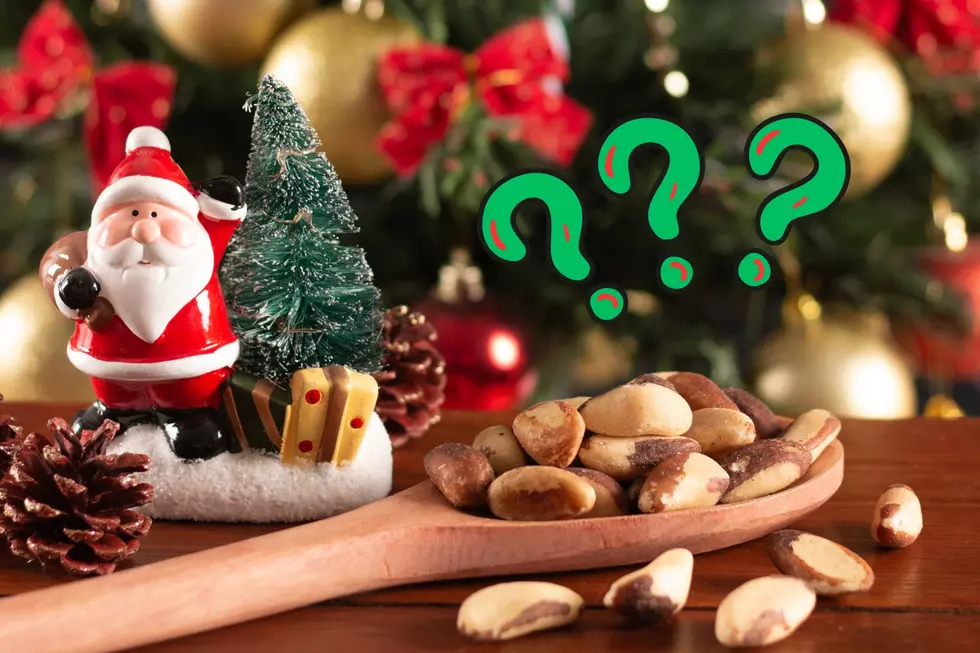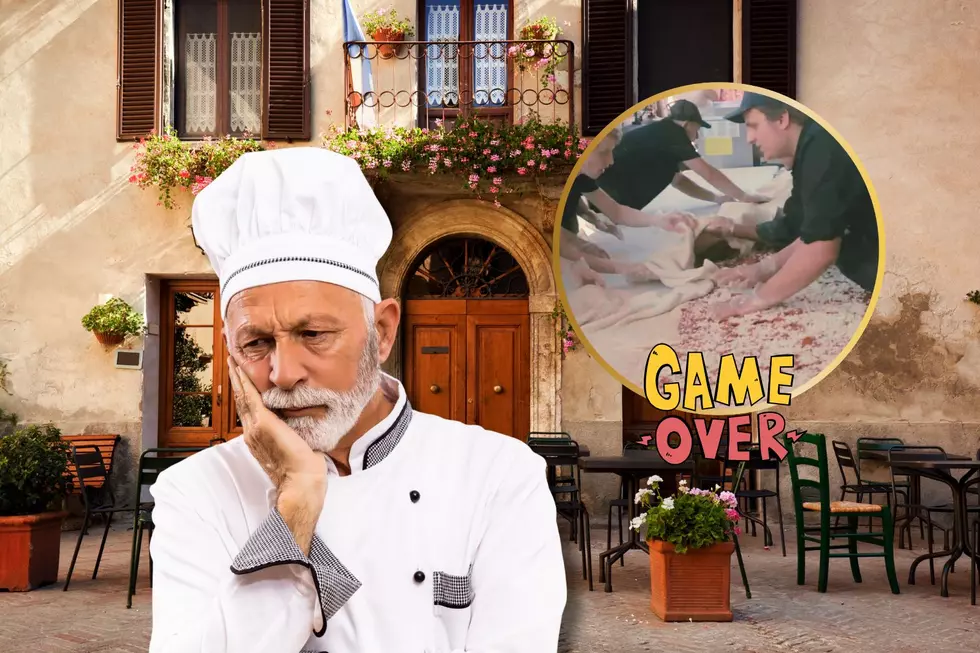Once a popular Christmas custom, roasting chestnuts appears to have become virtually extinct in the twenty-first century.
The King Cole Trio’s 1946 hit song “The Christmas Song,” which we all grew up listening to. I grew up seeing Christmas lights and eating cookies in the back of my parent’s van while listening to the song on the radio. Every holiday season, I can’t help but hear the lyrics, especially the opening line, “Chestnuts roasting on an open fire.” Although I was aware as a child that this was a Christmas custom, I can’t remember ever roasting or consuming roasted chestnuts. This seems to have a valid explanation.
What are Chestnuts?
Let’s start by discussing what exactly chestnuts are and why people used to consume them. The trees that produce chestnuts were first brought to Europe through Greece. They have twice as much starch as potatoes, but they have comparatively less fat than other nuts, according to The Spruce Eats.According to All Recipes, raw chestnuts are bitter and gritty, but when roasted, they become soft, sweet, and buttery. The taste reminds some individuals of cooked sweet potatoes.
The History of Roasting Chestnuts
Although roasting chestnuts for special occasions has been a practice in many cultures, the Feast of Saint Martin is where the Western tradition originated.According to TastingTable, American chestnut trees produced about 20 million pounds of nuts annually and accounted for about 50% of all the trees that made up East Coast woods at one point. On Martinstag, also known as the Feast of Saint Martin, which falls on November 11, chestnuts were distributed to the impoverished because they are traditionally a subsistence meal.
Why We Don’t Roast Chestnuts Anymore
The American chestnut tree alone is the reason this custom has essentially disappeared. From Maine to Alabama and west to Kentucky and Ohio, the East Coast of America was home to around four billion chestnut trees in the 18th and 19th centuries. But a deadly fungus known as “chestnut blight” hit the United States at the beginning of the 20th century. The disease was linked to an Asian chestnut tree that was brought to Long Island, according to TastingTable. Of the 4 billion chestnut trees in North America, 3.5 billion were lost in 40 years.
More conservation initiatives have been carried out in the last several decades to aid in the population recovery of chestnut trees. Actually, test plots are already being established in Pennsylvania, Virginia, North Carolina, and Tennessee as part of the efforts by plant experts to develop a strain of chestnut trees that is resistant to the chestnut blight. To maintain the centuries-old custom, the United States imports some $20 million worth of chestnuts annually from China, Korea, and Italy. It seems that Italian families still enjoy roasting chestnuts.
Note: Every piece of content is rigorously reviewed by our team of experienced writers and editors to ensure its accuracy. Our writers use credible sources and adhere to strict fact-checking protocols to verify all claims and data before publication. If an error is identified, we promptly correct it and strive for transparency in all updates, feel free to reach out to us via email. We appreciate your trust and support!



